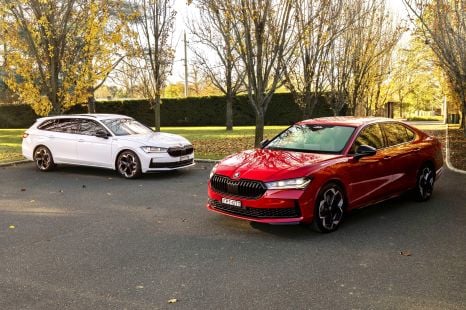

Max Davies
2025 Skoda Superb Sportline review
2 Months Ago

Senior Contributor
The all-new MG 4 EV hatchback could (and probably should) become Australia’s cheapest electric car when it gets here in the first half of 2023 – if UK market pricing is taken as a guide.
The Chinese brand’s first ground-up EV sold for export will kick off there at £25,995, equivalent to $A45,000. But this isn’t the figure that’s of interest, rather it’s how this compares to equivalent UK-market EVs also sold in Australia.
For example, the MG 4 undercuts the base MG ZS EV in the UK by £3500, equal to around $A6000. This same electric SUV kicks off in Australia at $46,990 drive-away, suggesting a circa $40,000 price here should be what to expect.
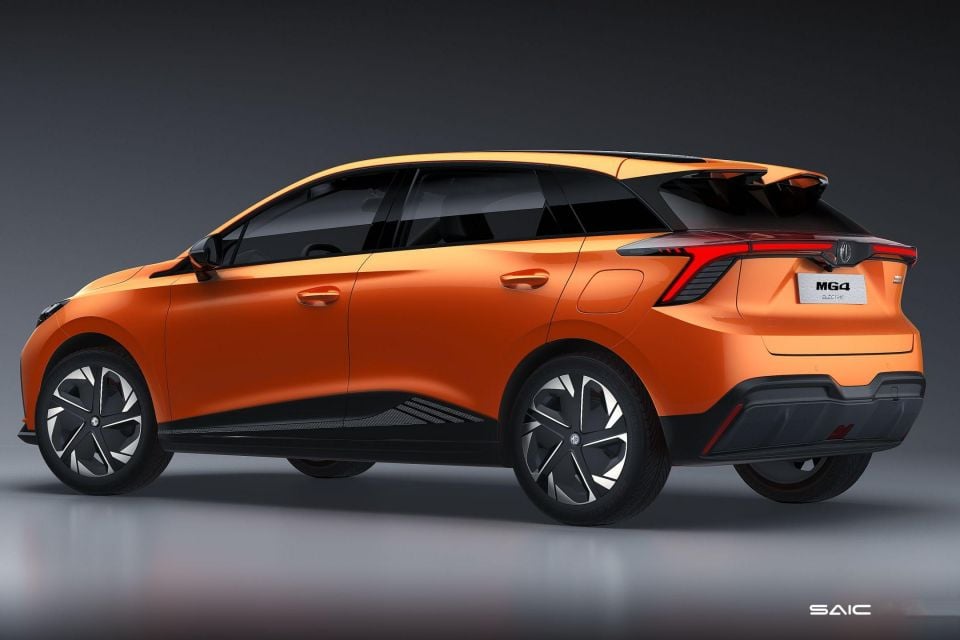
Said MG ZS EV is currently the second-cheapest EV on sale, with the most affordable being the BYD Atto 3 that starts at $44,381 before on-roads, or $44,990 drive-away.
Throw in the $3000-plus rebates available to most Australians through State-based policies, and getting a price point for a base MG 4 starting with a ‘3’ appears highly possible.
Said MG 4’s entry price also undercuts the UK-market Nissan Leaf and Hyundai Kona standard range models, in similar spec levels to those sold in Australia, by about £6000, which is more than $A10,000.
MORE: What electric car buyer incentives are offered across Australia?

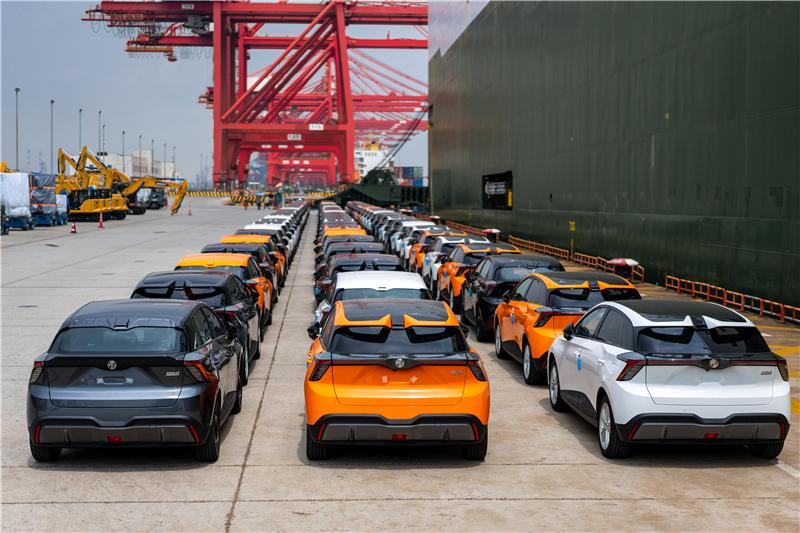

With the respective prices in Australia of these models being $50,990 and $54,500 plus on-roads, this is clearly another clue point to an MG 4 starting price in the low $40,000 range.
Finally, and while not a like-for-like competitor, the MG 4 is also barely half the price of a base Tesla Model 3 in the UK (£48,490). The base Model 3 sells in Australia for $65,500, so once again those numbers stack up.
Using all this UK market data as a guide, and remembering that the MG 4 will come here from China not Europe – lowering costs – signs point to that circa-$40k price point for Australia.
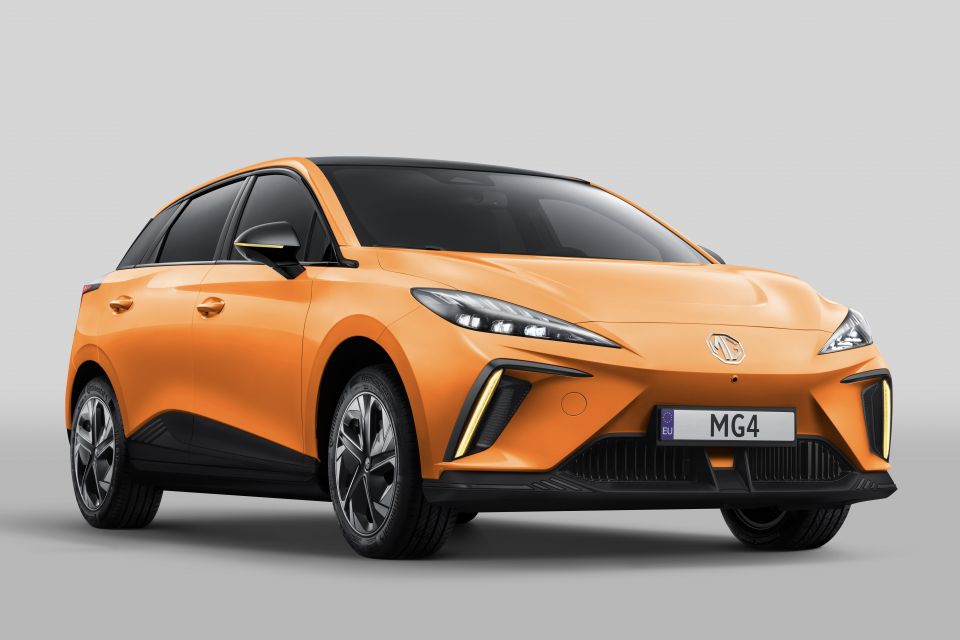
Another point of note is the fact that the MG 4 undercuts a Volkswagen ID.3 by around 10,000 pounds ($A17,000) – a clear sign of the advantages enjoyed by Chinese brands when it comes to securing lower prices.
When the MG 4 and ZS EV update are both available, the fast-growing (top 10 by volume) brand will have a potent one-two punch here. Should it secure some decent supply out of Shanghai, we’d suggest some better-known rivals may have a problem on their hands.
MG Australia’s dealers are well-placed to sell EVs in particular, with the company offering buyers its own in-house Type 2 wallbox chargers priced from $1990.
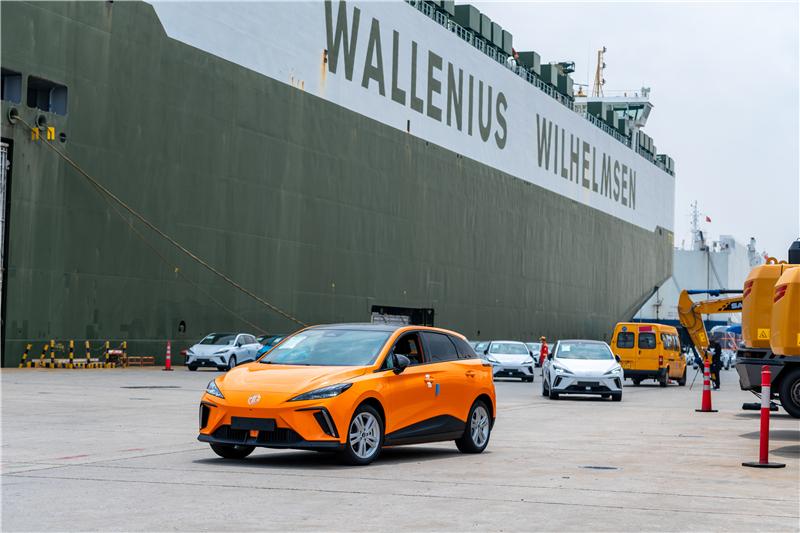
What is the MG 4?
Exports of the VW Golf-sized MG 4 EV hatchback (4287mm long) have commenced from Shanghai in earnest – starting with Europe from October but set for Australia before mid-2023.
The MG 4 EV is billed as one of the first Chinese-branded cars created for worldwide sale from the start of its life. MG’s sales target for its “Global Car” is 150,000 vehicles in the first full year.
Unlike the ZS which also comes with a petrol option, the MG 4 EV uses a ground-up EV-only platform made scalable for other applications – wheelbases of between 2650mm and 3100mm. MG suggests applications will include “hatchbacks, notchback saloons, to SUVs and vans”.
Base MG 4 EVs run a 51kWh battery paired to a 125kW e-motor driving the rear wheels, enabling a claimed 0-96km/h time of 7.5 seconds.



The claimed driving range is 350km on the WLTP cycle, a 7kW wallbox will charge the car from 10-80 per cent in 7.5 hours, and a 150kW DC charger can do the same in 39 minutes – all according to manufacturer-supplied data.
For a further 2500 quid ($A4300) you can upgrade to a 64kWh battery and 150kW motor, with the driving range bumped to a claimed 450km.
MG claims kerb weights of between 1655kg and 1685kg.
Standard features include a 10.25-inch touchscreen, app integration, four levels of brake energy regeneration, Apple CarPlay and Android Auto, and a full range of driver-assist features. The MG4 EV will also handle regular over-the-air software updates.
MORE: MG 4 Electric, exports of ‘Global’ Chinese EV hatch commence MORE: All the EVs coming to Australia: Launch calendar, what’s here already? MORE: Australia’s best-selling EVs in the first half of 2022 MORE: What electric car buyer incentives are offered across Australia?
Where expert car reviews meet expert car buying – CarExpert gives you trusted advice, personalised service and real savings on your next new car.


Max Davies
2 Months Ago
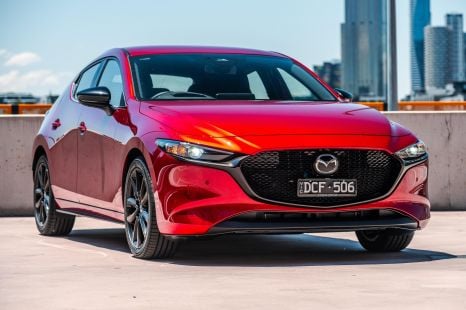

Josh Nevett
2 Months Ago
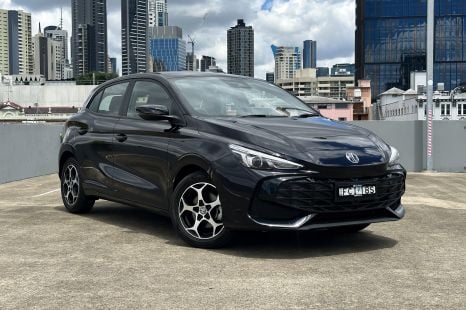

William Stopford
2 Months Ago


Josh Nevett
1 Month Ago


Josh Nevett
1 Month Ago


Matt Campbell
1 Month Ago